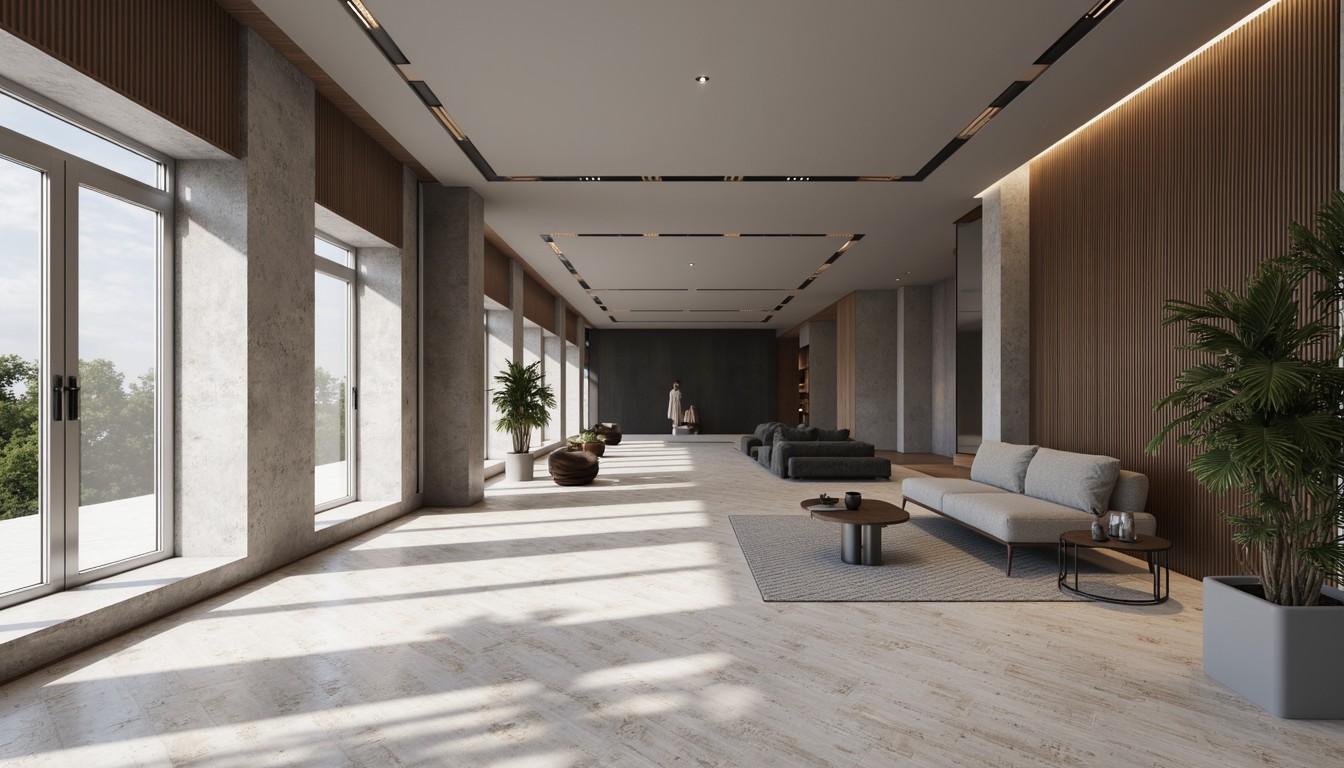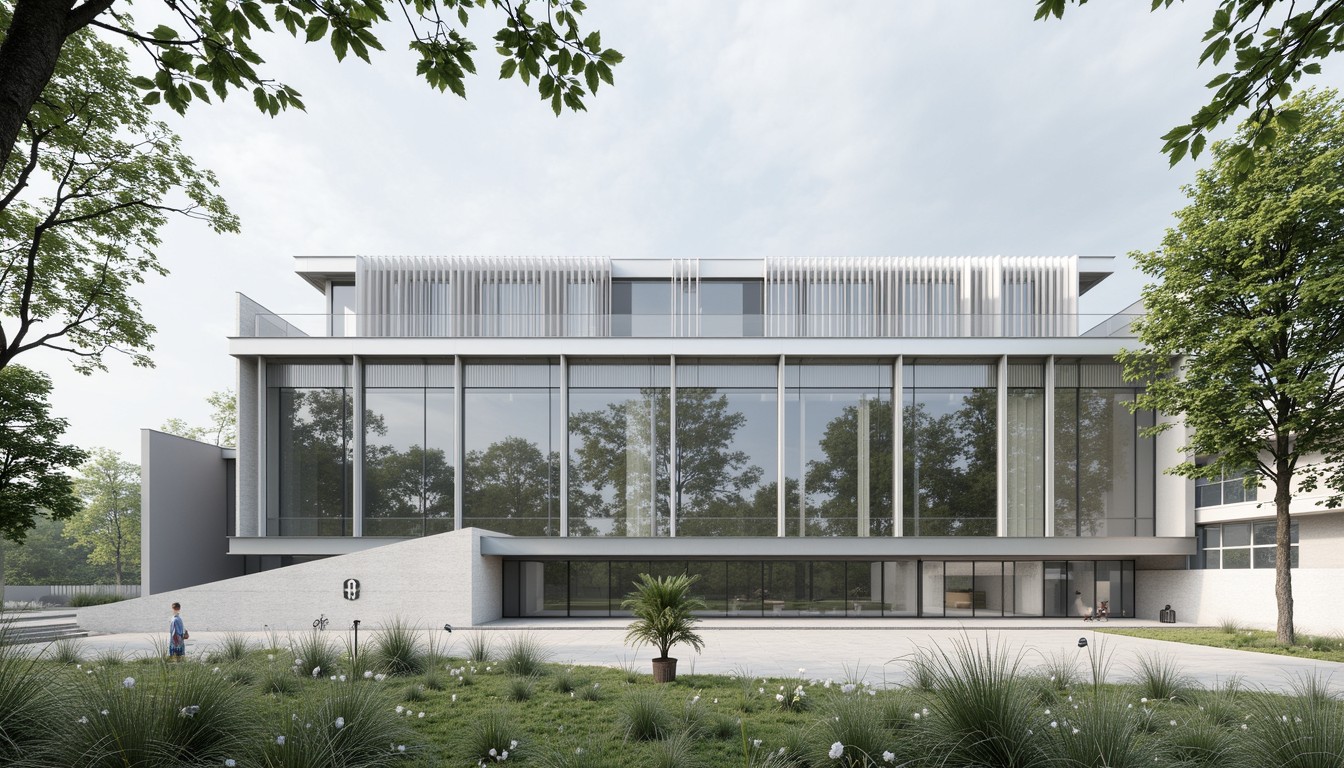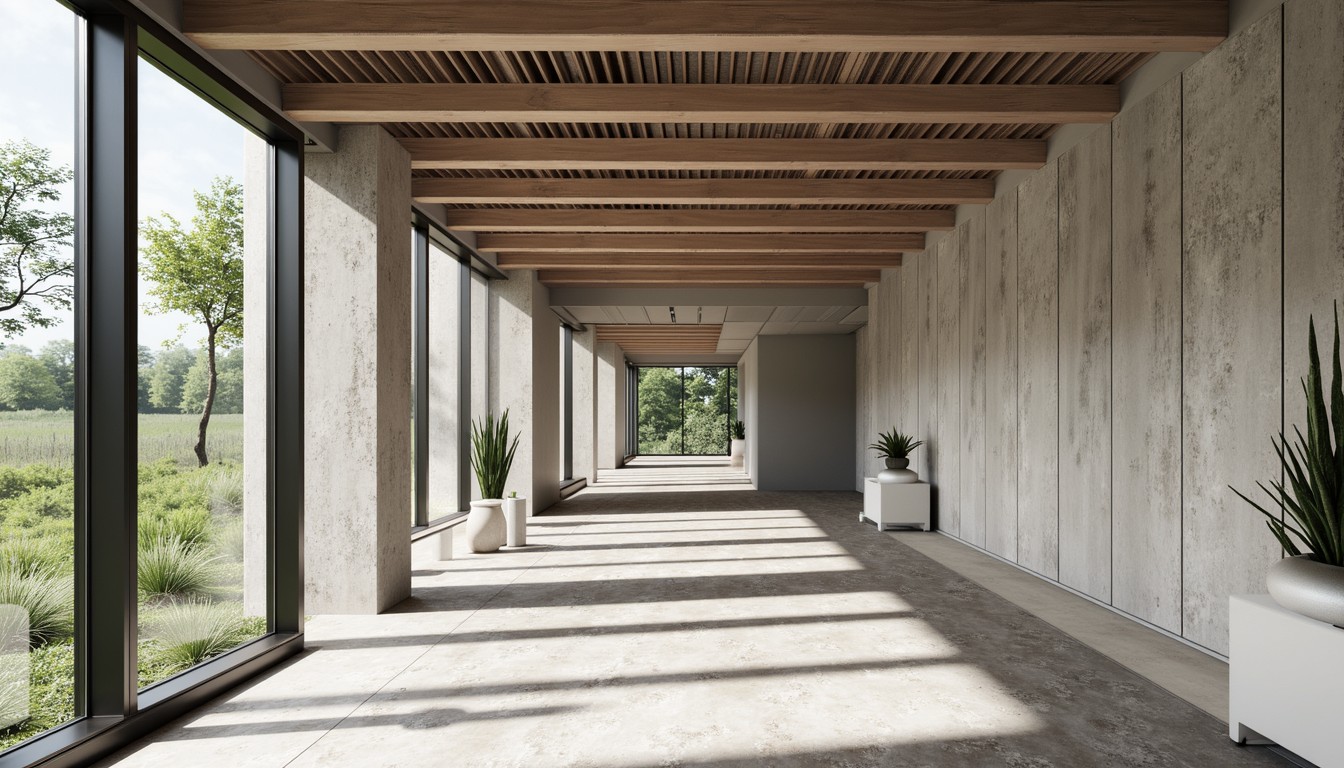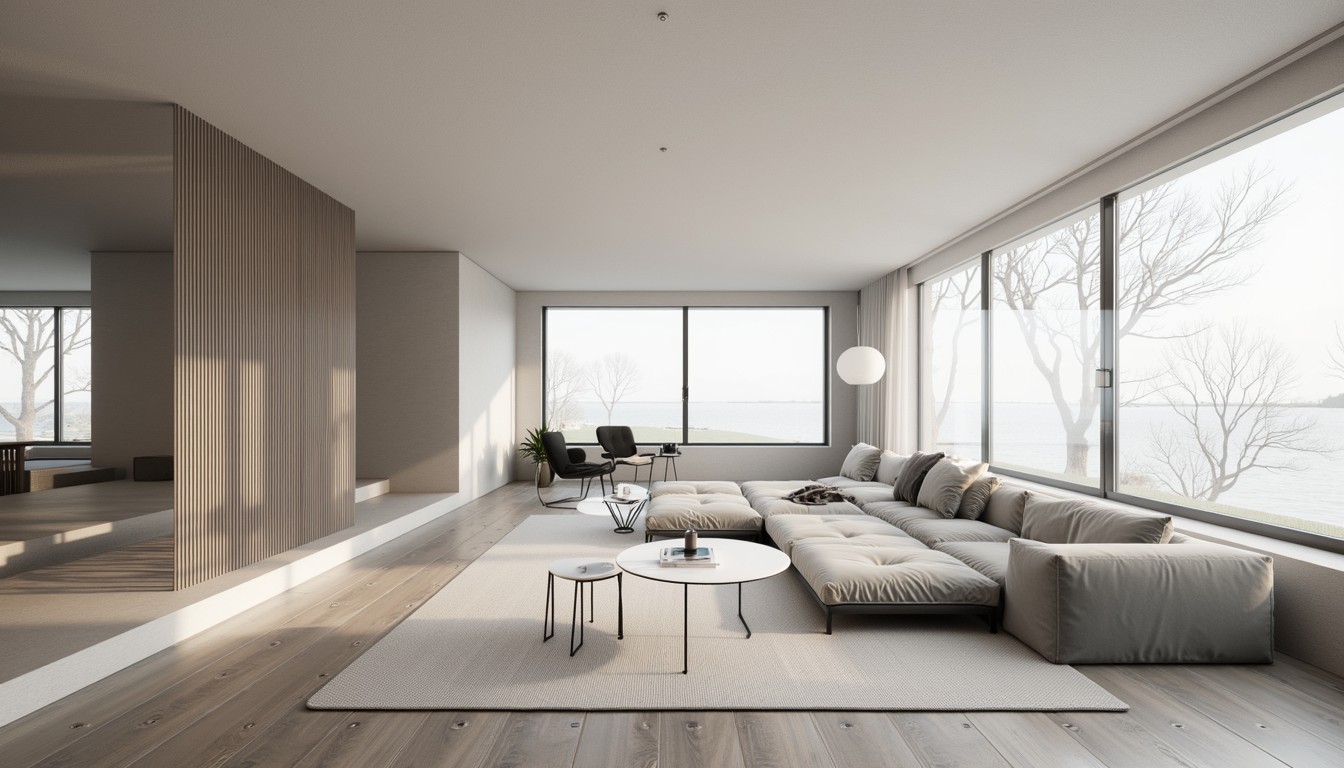AI-Powered Space Planning: A Design Revolution
The architectural landscape is undergoing a dramatic transformation, fueled by the rapid advancement of artificial intelligence (AI). No longer a futuristic fantasy, AI is actively reshaping how architects and designers approach space planning, offering unprecedented efficiency and creative possibilities. This article delves into the exciting world of AI-powered space planning, exploring its capabilities, real-world applications, and the future it promises.
The Rise of AI in Architectural Design

For years, architects relied on manual drafting, 2D plans, and laborious iterations to finalize designs. The advent of BIM (Building Information Modeling) software significantly improved the process, but even BIM can be time-consuming and prone to human error. AI is changing this paradigm by automating repetitive tasks, offering insightful data analysis, and even generating innovative design options. This shift empowers architects to focus on the creative aspects of their work, pushing the boundaries of design and delivering exceptional results.
Key Applications of AI in Space Planning
AI's impact on space planning is multifaceted. Let's explore some key applications:
1. Automated Space Allocation and Optimization:
AI algorithms can analyze building requirements, including room sizes, functionalities, and occupancy needs, to automatically generate optimal space allocation plans. This eliminates the time-consuming process of manual arrangement and ensures efficient use of space, minimizing wasted areas and maximizing functionality. Imagine inputting client needs and budget constraints, and receiving multiple optimized floor plans within minutes.
2. Design Generation and Exploration:
AI can generate numerous design variations based on specified parameters, allowing architects to explore a wider range of possibilities than ever before. This generative design capability empowers creativity by offering unexpected solutions and helping overcome design limitations. Architects can refine these AI-generated options, leading to more innovative and client-satisfying outcomes.
3. Predictive Analytics for Building Performance:
AI algorithms can predict building performance based on design parameters, including energy efficiency, natural light penetration, and ventilation. This predictive capability allows architects to make informed decisions early in the design process, optimizing building performance and minimizing environmental impact. Imagine designing a building with guaranteed energy efficiency, even before construction begins.
4. Enhanced Collaboration and Communication:
AI-powered platforms facilitate seamless collaboration between architects, engineers, contractors, and clients. Real-time data sharing and visualization improve communication, leading to faster decision-making and reduced errors. This collaborative environment enhances efficiency and ensures all stakeholders are on the same page throughout the project lifecycle.
5. Cost Estimation and Budget Management:
AI can analyze design elements and material costs to provide accurate and timely budget estimations. This helps architects manage project costs effectively, ensuring the project stays within budget without compromising on design quality. AI can even suggest cost-effective alternatives without sacrificing design aesthetics.
Real-World Examples of AI in Space Planning

AI-powered space planning is no longer a theoretical concept. Several companies are already utilizing AI tools to streamline their design processes. For example, some firms use AI to optimize hospital layouts for improved patient flow and staff efficiency. Others employ AI to create dynamic office spaces that adapt to changing work patterns and employee needs. The applications are vast and constantly evolving.
Challenges and Considerations
While the potential benefits of AI in space planning are immense, it's crucial to acknowledge the challenges. Data privacy, algorithmic bias, and the need for skilled professionals to interpret and refine AI-generated designs are all important considerations. The ethical implications of AI in design also require careful attention.
The Future of AI-Powered Space Planning

The future of AI in space planning is bright. We can anticipate even more sophisticated algorithms, capable of understanding complex design constraints and generating truly innovative solutions. The integration of AI with virtual and augmented reality (VR/AR) will further enhance the design process, allowing for immersive experiences and more intuitive design exploration.
ArchNav: Your Partner in AI-Driven Architectural Visualization
At ArchNav, we are at the forefront of this exciting revolution. We leverage the power of AI to create stunning and accurate architectural visualizations, empowering our clients to make informed decisions and bring their visions to life. Our expertise in AI-powered rendering and visualization ensures you receive high-quality, efficient, and innovative design solutions. Contact us today to learn how we can help you harness the power of AI for your next project.
